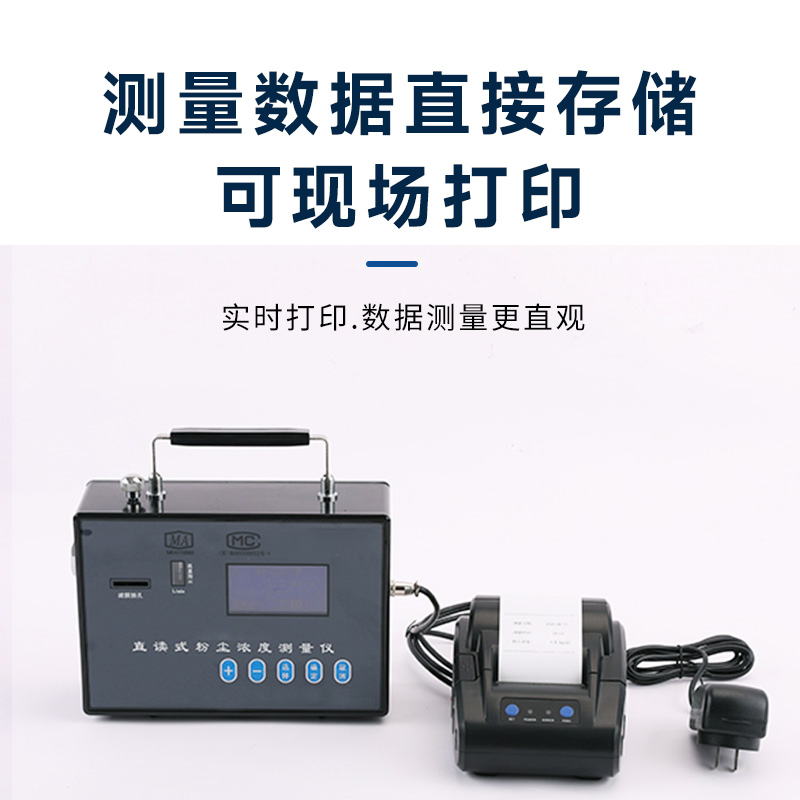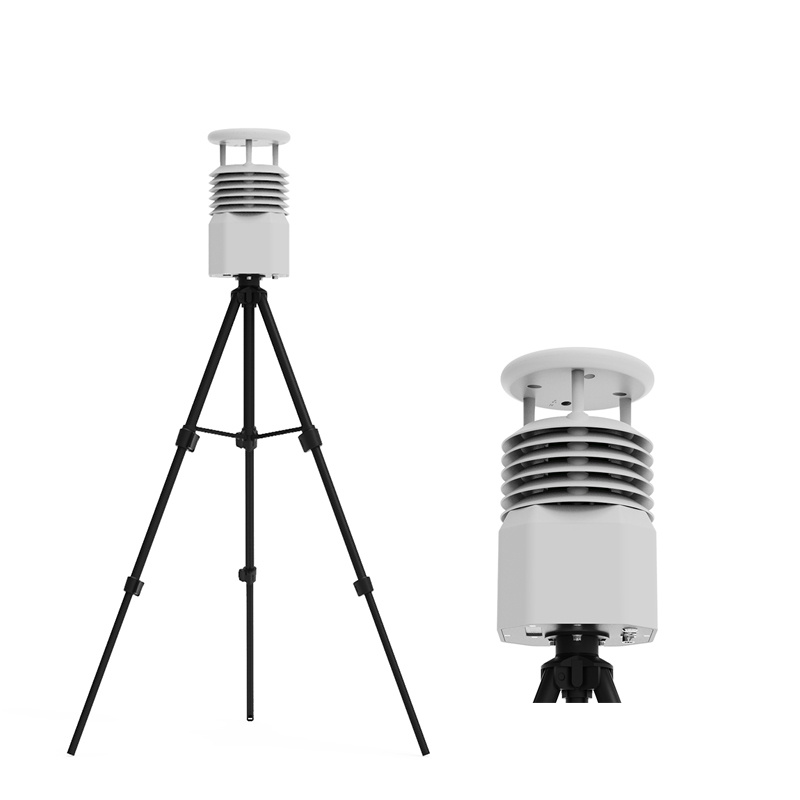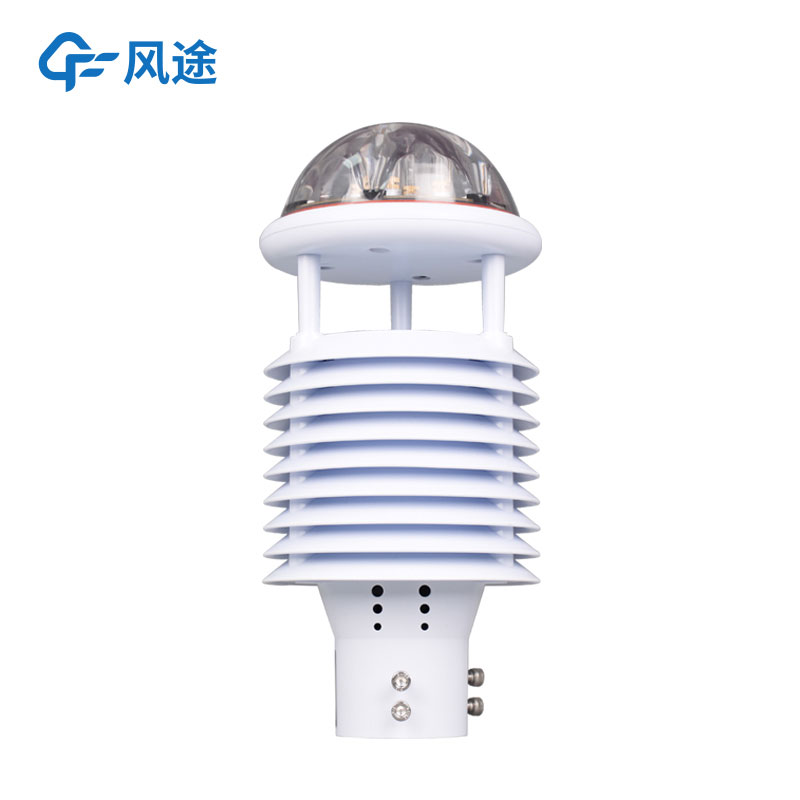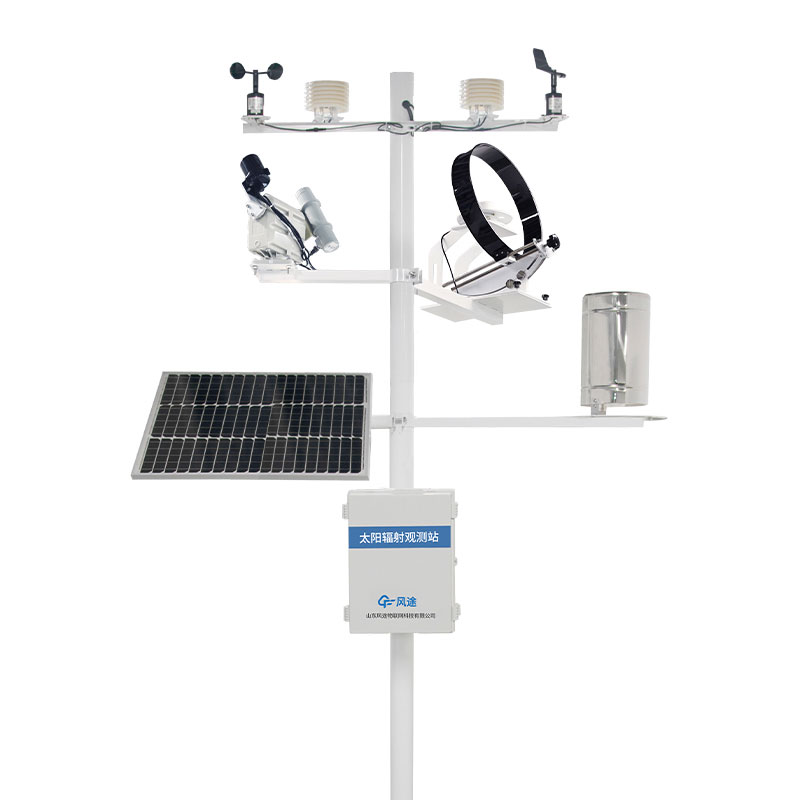Product
Recommended article
- How Forestry Weather Stations Bolster Forest Fire Prevention Efforts
- Discover the Power of Negative Oxygen Ion Monitoring System for Cleaner Air
- Comparative Analysis of Ultrasonic and Automatic Weather Stations in Meteorological Monitoring
- Breaking Through the ‘Last Meter’ with Online Dust Monitoring System
- Mastering Road Conditions with Road Weather Station
- Inhalable Dust Continuous Tester: A Portable Solution for Dust Concentration Monitoring
Contact us
Shandong Fengtu IOT Technology Co., Ltd
Sales Manager:Ms. Emily Wang
Cel,Whatsapp,Wechat:+86 15898932201
Email:info@fengtutec.com
Add:No. 155 Optoelectronic Industry Accelerator, Gaoxin District, Weifang, Shandong, China
Inhalable Dust Continuous Tester: A Portable Solution for Dust Concentration Monitoring
Article source:Weather station time:2025-01-08 09:58:45 viewed:1times
The inhalable dust continuous tester is a portable, direct-reading device used for continuously monitoring the concentration of inhalable dust. A high-quality detector can accurately measure the concentration range of inhalable dust to a certain extent, helping to determine whether the dust content in the detection environment exceeds the standard.
The design of the inhalable dust continuous tester is based on the standard of the health industry: "Determination Method of Inhalable Particulate Matter (PM2.5, PM10) in Air of Public Places - Light Scattering Method" (WS/T206-2001). It consists of a sensor and a data processor, among which the sensor is the core component for data collection.
The working principle of the sensor is to convert a laser beam into a fine measurement beam with uniform power density through a set of aspheric lenses. A front focus is set in the front side of the beam path, and the focus of the scattered light collection lens group is also located here. When an air sample passes through the intersection of the laser beam and the front focus of the scattered light collection lens group, the particulate matter in the air will emit scattered light corresponding to its physical size. After being collected by the optical lens, the scattered light is received by a photoelectric conversion device at the back focus and converted into an electrical signal. The sampling gas inlet of the sensor is located at the top of the instrument, and the sampling power is provided by a brushless DC fan. The data processor separates large particles from the electrical signals collected by the sensor through an electronic cutter, and then the microprocessor converts them into humidity, mass concentration, etc. The final results are displayed, stored or printed out through the LED display.

This paper addresses:https://www.yf182.com/industry/594.html
Related products
Related article
-
Fengtu Visibility Meter for Precise Weather Assessment
2024-08-21 -
What is the Sky Scanner? A handy and useful cloud measuring instrument
2024-05-22 -
Introduction to the Features of the Small Automatic Weather Station
2024-09-09 -
Dust monitoring and control systems for steel companies
2024-03-19 -
The Advantages of the Atmospheric Electric Field Meter in Thunderstorm Monitoring
2024-12-23 -
Advantages of Negative Oxygen Ion Monitoring Stations
2024-03-12 -
What are the must-have equipment for a small weather station on campus?
2024-06-28 -
What kind of equipment is a fully automated imager?
2024-05-30










